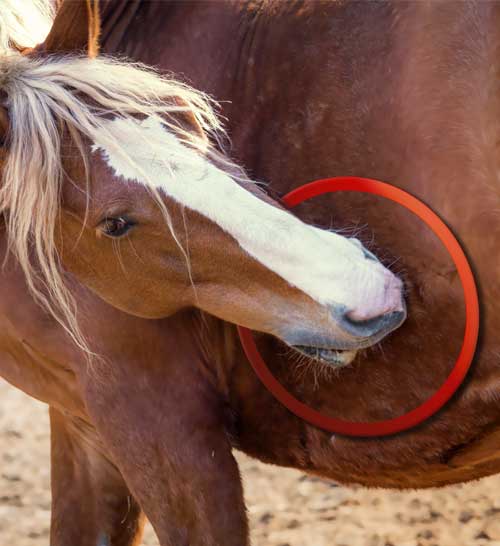Antacid & Alternative
Colic Remedy
Nutrient Buffer® is versatile enough to be used daily for horses in every walk of life. With drugs like H₂ Blockers and Proton Pump Inhibitors (PPIs), the body can build a tolerance and require higher dosages over time, while Nutrient Buffer® works the same all the time, every time - with the added benefit of helping resolve colic situations when you need it the most.

Horse Racing
Since Marion Dupont-Scott did their classic ulcer study decades ago, showing that race horses tend to dump a lot of stomach acid at the break from the gate, Nutrient Buffer® has been one of the most widely used digestive aid buffering supplements for horses prior to stressful conditions. According to many prominent race track veterinarians, it helps horses race better.

Ulcers IN Horses
A gastric ulcer is essentially a sore on the wall of the stomach, duodenum or even hind gut/large intestine. It is caused by excessive acid secretion by the stomach when there is either no food in the stomach to absorb the acid, or a stimulated excess secretion of acid due to stressful conditions that the horse is under.

Colic in Horses
Excess acidity and diet problems can provoke a colic attack. Race track veterinarians both use and recommend Nutrient Buffer® as a first approach in colic cases, often eliminating the need for costly surgery. It is the "original" natural digestive aid buffering supplement that helps soothe the gut, and aid in relaxation so the impaction can pass.


